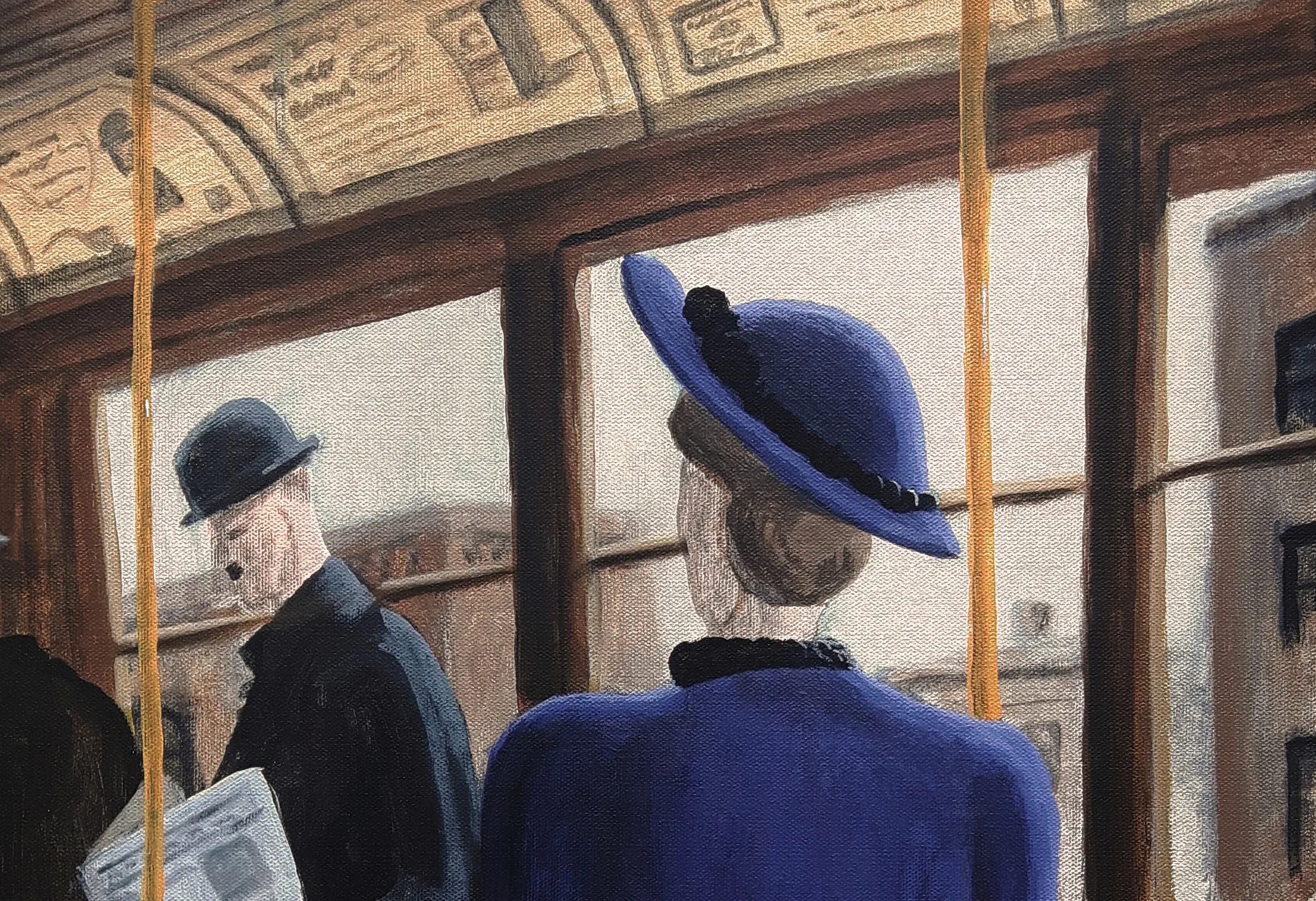
The Covid-19 lockdown in cities has imposed severe
mobility restrictions on those dependent on public transport, especially those involved in healthcare and informal sectors. The pandemic has also amplified the existing economic, racial and gender inequalities. A large number of frontline health workers in India are women. According to the
National Sample Survey, almost half of the qualified health workforce are women. Their representation among qualified nurses and midwives is as high as
88.9 percent, thus making them highly vulnerable to the virus.
The transport system being an integral part of any urban infrastructure allows accessibility to a diverse set of men and women to appropriate their right to the city. It is, therefore, necessary to establish a discourse around gendered urban and transport planning, especially during the ongoing global crisis. The scope of the dialogue surrounding urban transport planning must expand its focus from mere safety concerns to also reclaiming access to urban transport and spaces.
Mobility patterns and trends
Transport is not gender-neutral by its nature — women and men have different travelling patterns and needs. A gendered understanding of travelling patterns and behaviour trends can help in designing and implementing more equitable policies and efficient means of mobility. According to a
study done by Institution of Transport and Development Policy (ITDP), women are more dependent on public transport than men. Despite the large gender gap in employment,
84 percent of trips by urban women are by public, intermediate public and non-motorised transport.
Transport is not gender-neutral by its nature — women and men have different travelling patterns and needs.
Similarly, a
2016 study by FIA Foundation observed that women are more likely to get affected than men when access to employment, education or basic services are located far away from their place of residence. An
Informal Economy Monitoring Survey indicated that women in urban areas are likely to decline better paid jobs that are far away from their homes for lower-paid, local opportunities — primarily as urban transport does not account for their needs of affordability, safety, comfort and security, as mentioned above. Even before Covid-19, the proportion of female workforce was abysmally low; the
Female Labour Force Participation Rate 2018-19 (LFPR) was 16.1 percent in urban areas.
Female jobs, however, are at risk more than ever because women are disproportionately represented in sectors which have been negatively affected by the Covid-19. Hence, availability of transport and allied infrastructure play a crucial role in women’s participation in the workforce in the current crisis.
Often due to the differences occurring from the contextualisation of traditional roles for women, they are predisposed towards specific travel characteristics in terms of route, trip chain, mode choice and travel distance, that vary from those of men. For example, owing to overcrowding and safety concerns, it is often witnessed that women in cities are more likely to use public transport at
non-peak hours. They also choose
shorter trips and
trip-chaining, i.e. making multiple stops for their non-work related travel. In India,
urban women use Intermediate Public Transport (IPT) like auto-rickshaws and private buses when public transport is unavailable. For shorter distances, more women than men travel by foot. Further, it was observed that with an increase in income, men tended to shift to private motorised vehicles, while women tended to shift to public transport. Thus, due to their travel preferences, women experience an increasing incidence of ‘travel poverty’ and are direct recipients of poor public infrastructure.
Another major concern raised by women regarding limited accessibility to urban transport is against gender-based violence and sexual harassment. A 2019 report on
Women and Mobility by The Asia Foundation, showed that 50 percent of sexual harassment cases against women in cities took place while using public transport and 16 percent while waiting for public transport. It was found that poor infrastructure including lack of street lights, public toilets and useable pavements, made travelling by public transport more uncomfortable and unsafe. Moreover, a long waiting period and lack of last-mile connectivity also led to insecurity.
Due to their travel preferences, women experience an increasing incidence of ‘travel poverty’ and are direct recipients of poor public infrastructure.
The right to city
Framing the question of mobility of women in terms of equality ensures that accessibility is viewed as an important facet of the right to city. Although right to city bears non-legal undertones, viewing it as a question of equality can give it legal status. A collective reading of
Articles 14 (Right to Equality),
15 (Right against discrimination) and
19(1)(a) and 19(1)(d) (Freedom of expression and freedom of movement), could help frame accessibility as a legal question by utilising a rights-based lens.
Resonance of this argument has also been acknowledged by the
Convention on the Elimination of all Forms of Discrimination Against Women (CEDAW). CEDAW recognises that the manner in which a gendered discrimination against women is perpetrated, owes to limited or no accessibility to infrastructure. Similar to the
right to urban housing, which has been interpreted under Right to Life (
Article 21 of the Indian Constitution), a case can be made to read ‘right to transport’ into the said article as well. This is because access to urban transport impacts the quality of life and hence, the right to life of every individual.
While multiple judicial directives by the Apex Court on the state of public transport exist, these directives are usually related to the impact of the
existing transport system on environment. Since the question of gender comes up only in context of “
safety of women” such an approach could help expand the prism.
Although right to city bears non-legal undertones, viewing it as a question of equality can give it legal status.
Rethinking public transport
As the lockdown is easing in many parts of the country, Covid-19 protocols must be followed to reduce the risk of contagion. During the unprecedented times of Covid-19, spaced seating, open windows, frequent sanitisation, mandatory masks, crowd monitoring, thermal screening as well as supervised on-boarding and deboarding can help safeguard against the pandemic. Further, transport workers and supervisors can be provided with PPE kits to reduce their exposure. There is also a need to follow certain protocols to avoid violence against women on public transport. Hiring more female staff and providing women exclusive transport facilities, including
buses and
ambulances, can be utilised to address their safety concerns.
This pandemic has underscored the necessity to formulate a rights-based approach towards female mobility and urban transport. By treating access to transport as a constitutional right, issues like safety breach, sexual violence, etc. perpetrated against women while commuting, can be addressed. Urban transport, modeled on equitable policies, will be better equipped to tackle gender related challenges that magnify during global crisis like the current pandemic. Women’s reclamation of public spaces is a requisite for the realisation of their right to the city and to achieve United Nation’s goal of ‘
Sustainable Cities and Communities.’
Shruti Jain is Junior Fellow and Jyotsana Singh is Research Intern at ORF Mumbai.
The views expressed above belong to the author(s). ORF research and analyses now available on Telegram! Click here to access our curated content — blogs, longforms and interviews.



 The Covid-19 lockdown in cities has imposed severe
The Covid-19 lockdown in cities has imposed severe  PREV
PREV


